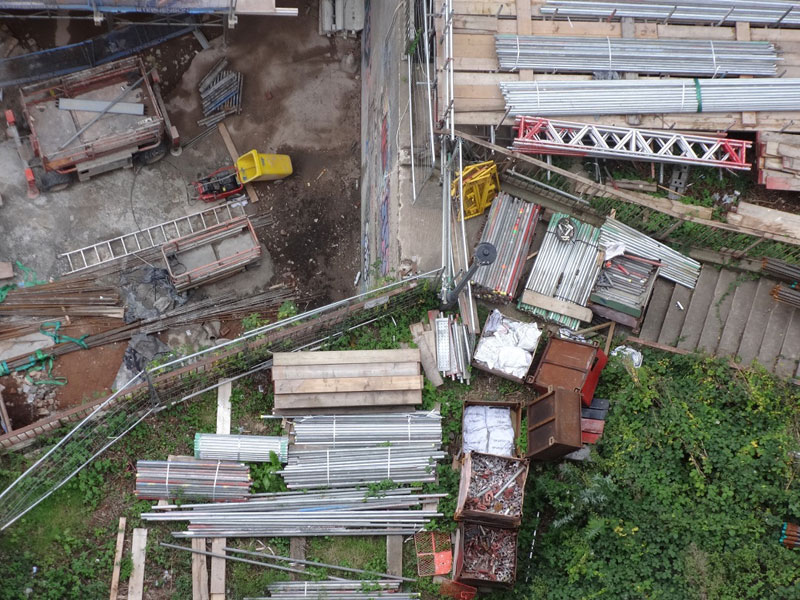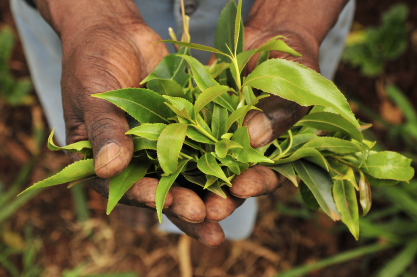
By 2030, the world could lose millions of fertile agricultural lands to expanding cities with Asia and Africa accounting for 80 per cent of the total farm losses, a study finds.
Analysing satellite data on croplands and their productivity using year 2000 as the reference point and comparing it with urban area projections for 2030, international researchers found that 30 million hectares of crop lands will be lost to growing cities – an area equivalent to the Philippines. Of this, Asia and Africa will lose 24 million hectares of prime agricultural land.
With cities becoming hubs of economic activity, large-scale changes are expected. However, the authors say this is the first study to quantify the effect of urbanisation on crop lands at global, continental, and country levels. The study was carried out by researchers from Austria, Germany, Sweden, New Zealand, and United States.
The croplands that are going to disappear by 2030 have productivity that is almost twice the global average and accounted for about 3—4 per cent of global crop production in 2000.
China, India, Nigeria, Pakistan, and the US top countries set to lose cropland to urbanisation. The productivity of rice, wheat, maize, and soybean are most likely to be affected, though there are significant variations at regional levels.
Among the continents, Asia will experience the maximum cropland loss with China alone accounting for a quarter of the global crop land loss. India, another rapidly developing economy, is not expected to lose as much, though the scenario might change when urbanisation picks up. Pakistan, Vietnam, and Indonesia are also major potential losers. While these changes threaten the livelihoods of small-scale farmers and retailers, more serious consequences could be seen on forests.
“One the one hand, there is agricultural land consumed by urbanisation, and on the other, new land for agriculture will possibly replace forests or other valuable ecosystems at relevant scales,” says Felix Creutzig, head of the Land Use, Infrastructure and Transport Group at the Mercator Research Institute on Global Commons and Climate Change in Berlin, Germany, who participated in the study.
The resulting loss of forests can influence the local climate too. In India, there is enough evidence to believe that forests cleared for agriculture have weakened the summer monsoon rainfall.
Interestingly, such cropland losses are not expected to have strong implications for global food security.
Navin Ramankutty, professor at the University of British Columbia, Canada, believes it is a bit tricky to predict how the urban food systems will be affected.
“I think this is going to be context dependent. Whether we have food security issues in cities depends on how dependent the city is on locally produced versus imported foods, and also the biogeography that the city is located in,” Ramankutty says.
He emphasises that loss in global crop production can be easily overcome by “small shifts in diets or reductions of food waste and losses”.
This article was originally published by SciDevNet under a CC-BY licence


Rate and Review
Rate this article
Review this article
Log into OpenLearn to leave reviews and join in the conversation.
Article reviews
Yes I Agree With Your Post. But We Can Control Loss Of Agricultural Lands By Implementing Houses Around Farm Lands Do Visit Our Website [External link removed by moderator]
unknown - 13 February 2021 5:51am
A Very Good Content. Yes I agree Implementing Farm Lands Around Farm Houses Is A Very Good Process.Do Visit Our Website [External link removed by moderator 15.02.21]